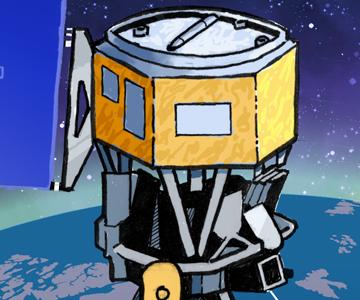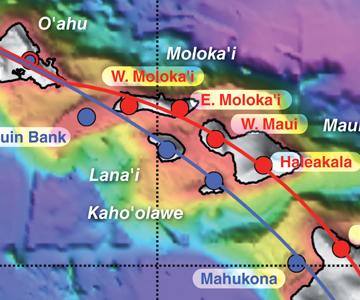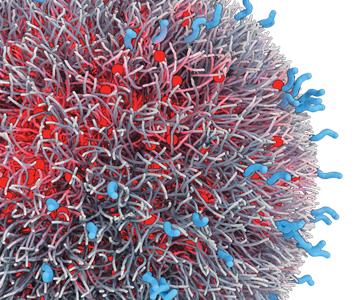Magazine
July-August 2017
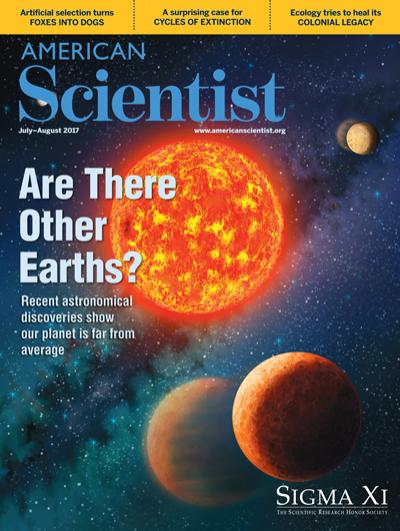
July-August 2017
Volume: 105 Number: 4
The past decade has seen an explosion of discoveries of planets outside of our Solar System, dubbed extrasolar planets, or simply exoplanets. Many of the first exoplanets identified were large, about the size of Jupiter, and orbiting close to their parent stars. But such planets are not likely to harbor liquid water nor, therefore, life. More advanced techniques have allowed astrophysicists to locate exoplanets such as the one illustrated here, Kepler-138b, which was the first exoplanet discovered that has a mass and size smaller than Earth (planets are not shown at scale to star). Planets in what’s called the habitable zone around their stars could have liquid water on their surfaces. But as Howard A. Smith argues in “Questioning Copernican Mediocrity”, a significant number of additional factors are needed to determine whether intelligent life might exist elsewhere in the universe. (Image courtesy of SETI Institute/Danielle Futselaar and NASA.)
In This Issue
- Astronomy
- Biology
- Chemistry
- Communications
- Engineering
- Environment
- Ethics
- Evolution
- Mathematics
- Medicine
- Physics
- Policy
- Sociology
- Technology
Reexamining Lyell's Laws
Michael Robert Rampino
Astronomy
Increasing evidence points to the role of periodic catastrophes in shaping Earth's history, challenging long-standing dogmas within geology.
Questioning Copernican Mediocrity
Howard A. Smith
Astronomy Biology Evolution
Modern astrophysics can intimate our cosmic significance.
How to Tame a Fox and Build a Dog
Lee Alan Dugatkin, Lyudmila Trut
Evolution
A decades-long experiment opens up like a set of Russian nesting dolls, to reveal story after story, each embedded within the one that preceded it.
Scientists' Nightstand

The Niche of a Naturalist
Robert Michael Pyle
Biology Environment Ecology Excerpt Scientists Nightstand
Robert Michael Pyle encourages readers to interact with the natural world and to broaden their idea of nature itself.
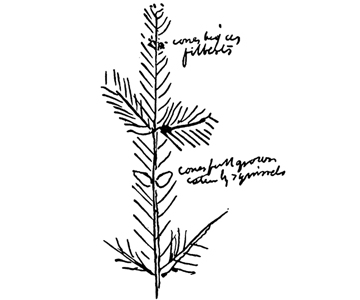
Thoreau as Naturalist: A Conversation with Four Authors
Dianne Timblin
Biology Ecology Natural History Nature Conservation Scientists Nightstand
To mark the bicentennial of Henry David Thoreau's birth, four authors discuss his important—but largely overlooked—work as a naturalist.


